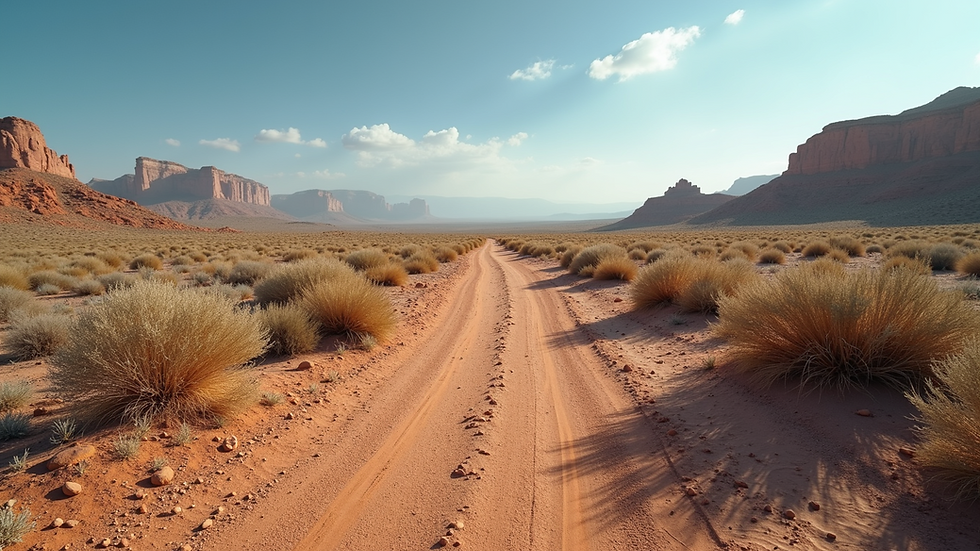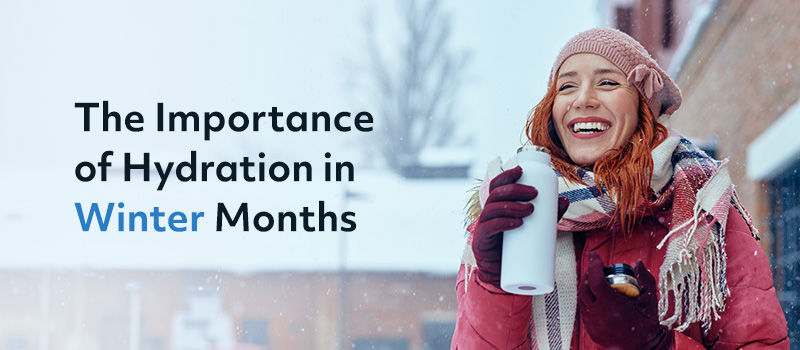The Risks of Summer Hiking in Arizona and How Mobile IV Therapy Can Help You Stay Hydrated
- revitalizemobileiv
- Aug 12
- 3 min read

With its breathtaking landscapes and diverse trails, hiking in Arizona attracts enthusiasts year-round. However, hiking during the summer months can be daunting due to the extreme heat. It is critical to grasp the risks associated with summer hikes and implement effective hydration strategies. This guide will discuss why summer hiking in Arizona can be perilous and how Mobile IV Therapy can be an effective approach to ensuring you stay hydrated.
The Dangers of Summer Hiking in Arizona
Arizona's beauty is undeniable. From the iconic Grand Canyon, which sees over 6 million visitors annually, to the stunning red rocks of Sedona, there is much to explore. However, temperatures can soar past 100°F (38°C) in the summer. This level of heat poses serious health risks for those hiking in the area.
Heat exhaustion arises when your body loses too much water and salt, resulting from excessive sweating. Symptoms often include:
Heavy sweating
Weakness
Dizziness
Nausea
Headache
If heat exhaustion is not addressed quickly, it can escalate to heat stroke, with a body temperature exceeding 104°F (40°C), confusion, and even loss of consciousness. Statistics reveal that heat-related illnesses lead to nearly 600 deaths annually in the U.S., highlighting the importance of staying informed and prepared.
Moreover, Arizona's dry desert air can worsen dehydration. Many hikers mistakenly underestimate their water needs, which puts them at risk on the trails. A study found that about 51% of hikers in Arizona reported experiencing mild dehydration during their treks, an alarming statistic that emphasizes the need for vigilance.
The Importance of Hydration
Hydration is essential to maintain energy levels and overall health while hiking. It is commonly recommended to drink at least half a liter of water per hour when engaging in strenuous activity in hot weather. This requirement can vary based on individual size, hike intensity, and environmental conditions.
Electrolytes are equally important for hydration. During sweating, we not only lose water but also vital minerals like sodium, potassium, and magnesium. For example, losing just 2% of your body weight in fluids can significantly impact performance and increase fatigue.
Tips for Staying Hydrated
Carry at least one liter of water for every hour of hiking.
Combine water with electrolyte-rich snacks like bananas or sports drinks to restore lost minerals.
Mobile IV Therapy has emerged as an effective solution for helping hikers stay hydrated and replenish essential electrolytes. This service involves a trained professional administering intravenous fluids directly, ensuring rapid hydration and optimum nutrient absorption.
Benefits of Mobile IV Therapy
Immediate Hydration: IV therapy delivers fluids straight into the bloodstream. This provides instant relief, unlike oral hydration which can take time to absorb.
Electrolyte Restoration: Mobile IV Therapy can include personalized blends of electrolytes, ensuring hikers replenish the necessary minerals and stay energized.
Convenient Access: Whether at home, in a hotel, or even at the trailhead, Mobile IV Therapy provides flexible hydration options.
Customizable Treatments: Sessions can incorporate vitamins and minerals tailored to individual needs, enhancing energy levels and overall wellness before hitting the trails.
Proactive Hydration: Using Mobile IV Therapy prior to embarking on a hike can help prevent dehydration, allowing you to focus on enjoying the scenery.
Preparing for a Summer Hike in Arizona
If hiking in Arizona during the summer is still on your agenda, consider these practical steps for a safer experience:
Choose Ideal Timing: Aim for early morning or late evening hikes when temperatures are cooler. Avoid the most oppressive hours between 10 AM and 4 PM.
Plan Your Route Wisely: Select trails with natural shade and nearby water sources. Being familiar with your chosen trail’s terrain and difficulty level is crucial for a safe outing.
Pack Sufficient Supplies: Bring ample water—at least one liter per hour. Incorporate electrolyte-rich snacks, such as bananas or electrolyte drinks, to aid in recovery.
Select Suitable Gear: Wear lightweight, breathable clothing and protect yourself from the sun with a wide-brimmed hat and sunglasses.
Listen to Your Body: Stay vigilant for any signs of dehydration, such as excessive thirst or extreme fatigue. If you experience symptoms like dizziness, seek shade and hydrate immediately.
Final Thoughts
Hiking in Arizona during the summer presents unique challenges due to heat and dehydration. However, with proper precautions and the proactive use of Mobile IV Therapy, you can minimize risks and enjoy the majestic Arizona landscape safely.
By understanding the dangers and implementing effective hydration strategies, you can make the most of your hiking adventures. Always remember, your safety should come first. Staying hydrated is fundamental to a successful outdoor experience.





Comments